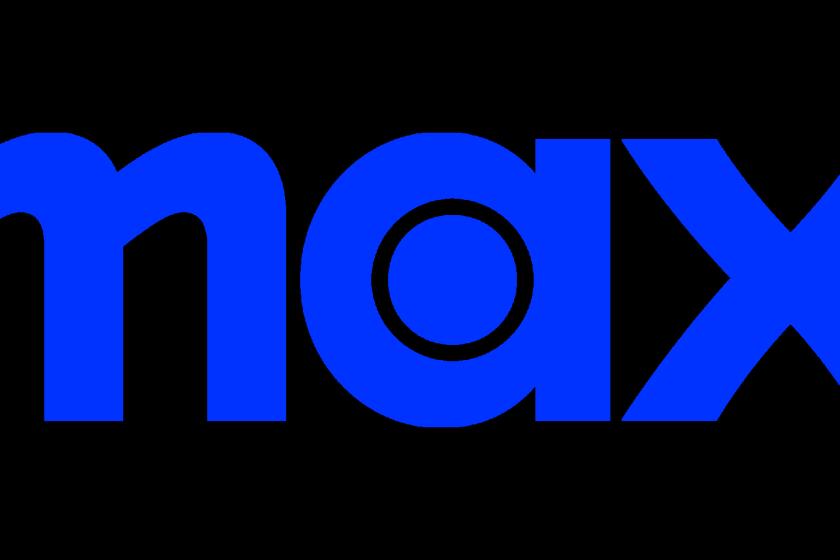Kodak’s long fade to black
- Share via
Like the passing of distinguished individuals, the passing of great corporations should prompt us to ponder the transience of earthly glory.
So let’s pay our respects to Eastman Kodak, which at this writing appears to be a shutter-click from extinction.
Once ranked among the bluest of blue chips, Kodak shares sell today at close to $1. Kodak’s chairman has been denying that the company is contemplating a bankruptcy filing with such vehemence that many believe Chapter 11 must lurk just around the corner.
The Rochester, N.Y., company said it had $862 million in cash on hand as of Sept. 30, but at the rate it’s losing money from operations (more than $70 million a month), that hoard would barely last a year. As for future revenue, it’s banking heavily on winning patent lawsuits against Apple and the maker of BlackBerry phones.
Kodak Brownie and Instamatic cameras were once staples of family vacations and holidays — remember the “open me first” Christmas ad campaigns? But it may not be long before a generation of Americans grows up without ever having laid hands on a Kodak product. That’s a huge comedown for a brand that was once as globally familiar as Coca-Cola.
It’s hard to think of a company whose onetime dominance of a market has been so thoroughly obliterated by new technology. Family snapshots? They’re almost exclusively digital now, and only a tiny fraction ever get printed on paper.
Eastman Kodak engineers invented the digital camera in 1975; but now that you can point and click with a cheap cellphone, even the stand-alone digital camera is becoming an endangered species on the consumer electronics veld. The last spool of yellow-boxed Kodachrome rolled out the door of a Mexican factory in 2009. Paul Simon composed his hymn to Kodachrome in 1973, but his camera of choice, according to the lyrics, was a Nikon.
It’s not uncommon for great companies to be humbled by what the Austrian economist Joseph Schumpeter called the forces of “creative destruction.” Technology, especially digital technology, has been the most potent whirlwind sweeping away old markets and old strategies for many decades. Changing economics and global competition have reduced behemoths of the past, such as General Motors, into mice of the present.
Kodak’s decline is of a different order from GM’s. The latter still manufactures a product with a huge market demand; it just got sloppy and inefficient at turning out its cars and trucks. That’s why the federal government, not to mention GM’s unions and other stakeholders, thought a dramatic restructuring might put it back on its feet. (That it was a central player in an industry employing hundreds of thousands of Americans was part of the calculus too.)
Kodak, however, markets a process technology; and as the chemistry of film has yielded to digital electronics, consumer demand for Kodak’s traditional products has evaporated. A similar transition afflicts newspapers, book publishers, movie studios, broadcasters and record labels today, but the issues for those industries are different yet.
Their business models are under pressure because they’re dependent on outdated distribution technologies; but their core products (information, entertainment) are still very much in demand.
So Kodak has faced a tougher challenge than automakers or content producers. Still, it has met the challenge ham-handedly. This is characteristic of companies that have enjoyed what one might think of as success on a tragic scale.
Almost from Kodak’s founding by George Eastman in 1880, the money had rolled in, thanks to Eastman’s razor-blade strategy of selling cameras cheaply and reaping lavish margins from consumables — film, chemicals and paper.
As late as 1976, Kodak commanded 90% of film sales and 85% of camera sales in the U.S., according to a 2005 case study for Harvard Business School. Such seemingly unassailable competitive positions tend to foster unimaginative executive cultures, and Kodak’s was no exception.
Even after Fuji Photo crept into the U.S. market with lower-priced film and supplies, Kodak refused to believe Americans would ever desert its sacred brand. Complacently, the company spurned the chance to become the official film of the 1984 Los Angeles Olympics; the bid went instead to Fuji, which exploited its sponsorship to win a permanent foothold in the marketplace.
Then came digital. Far from scorning the new technology, Kodak ramped up research and development to nearly 10% of sales in the mid-1980s and integrated digital features into its product lines, including video systems, scanners and photo enhancement software.
But its executives couldn’t foresee a future in which film had no role in image capture at all, nor come to grips with the lower profit margins or faster competitive pace of high-tech industries. At one meeting with Microsoft’s Bill Gates to discuss integrating Kodak’s photo CDs with Windows, Kodak Chairman Kay Whitmore fell asleep.
Whitmore was succeeded by George M.C. Fisher, who as the former CEO of Motorola had a better grasp of high tech. Fisher reached out to Microsoft and other new consumer merchandisers. For example, Apple’s pioneering QuickTake consumer digital cameras, introduced in 1994, were mostly Kodak products with Apple nameplates. But Fisher never conceived of an entirely filmless world, either.
Under Fisher’s successor, Daniel Carp, Kodak moved headlong into digital photography, but at a cost. In 2001 it held the No. 2 spot in U.S. digital camera sales (behind Sony), but its executives acknowledged it was losing $60 on every camera sold. By last year it ranked fourth. And it can hardly escape the company’s notice that an ever-smaller percentage of digital pictures are being taken on digital cameras, as opposed to cellphones and tablets.
As time passes, Kodak looks more and more like a truck spinning its wheels in mud. The company hasn’t had a profitable year since 2007. Its current chairman, Antonio Perez (a former executive at Hewlett-Packard, another company riding on bald tires), said last month on announcing Kodak’s dismal third-quarter results that he’s delighted in the profit prospects for its inkjet printers. But does anybody else out there think that desktop printing is a growth market?
Kodak’s biggest revenue score of 2010 was $838 million it collected from patent licensing, evidently including a settlement it reached with LG after suing the South Korean company for patent infringement. Through the first three quarters of this year, the same category produced zero. But Perez is still hoping for a big score from another patent sale.
It may be premature to write Kodak off. After all, the company does have more than a century’s experience in consumer marketing and a technology portfolio potentially worth billions. But companies that can remake themselves to survive changes on the scale of what Kodak confronts are rare indeed.
IBM has done so, and General Electric, but not many others.
Kodak was once such a pervasive part of our lives that the “Kodak moment,” defined as a personal event that demanded to be recorded for posterity, entered our lexicon.
Now when even the most private Kodak moment seems to unfold before the digital gaze of a hundred iPhones, it looks as though Kodak’s moment has passed. The circle of life in business is a natural phenomenon, the lesson of which shouldn’t be overlooked by companies that seem to have cemented themselves into permanent spots at the top of the world today — including Apple, Google and Facebook. The lesson is: Nothing lasts forever.
Michael Hiltzik’s column appears Sundays and Wednesdays. His latest book is “The New Deal: A Modern History.” Reach him at mhiltzik@latimes.com, read past columns at latimes.com/hiltzik, check out facebook.com/hiltzik and follow @latimeshiltzik on Twitter.
More to Read
Inside the business of entertainment
The Wide Shot brings you news, analysis and insights on everything from streaming wars to production — and what it all means for the future.
You may occasionally receive promotional content from the Los Angeles Times.











